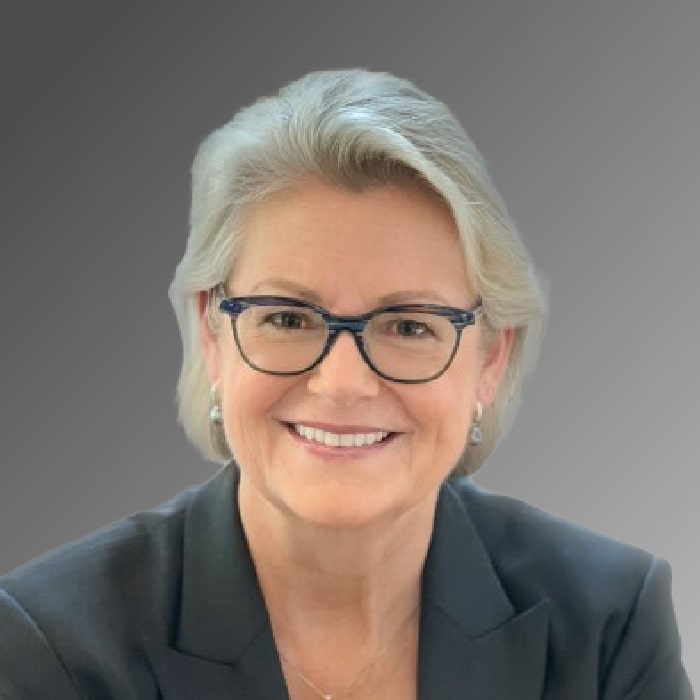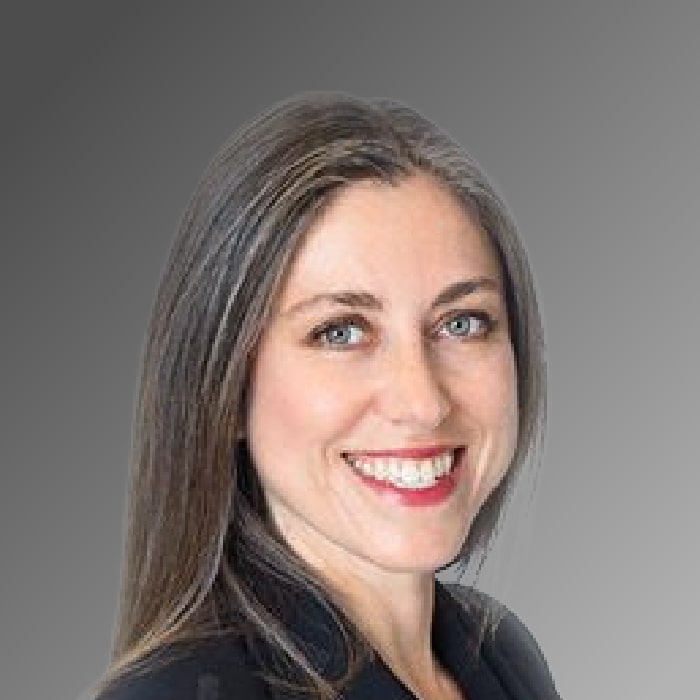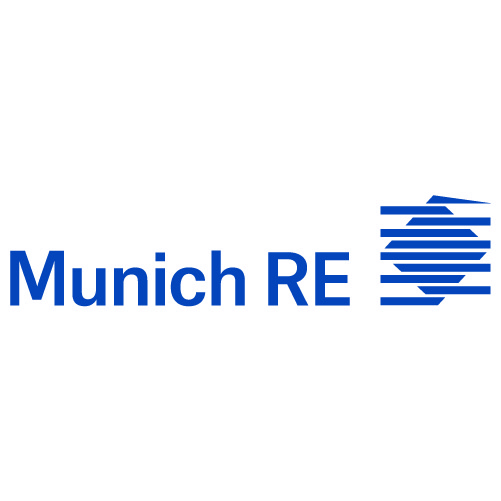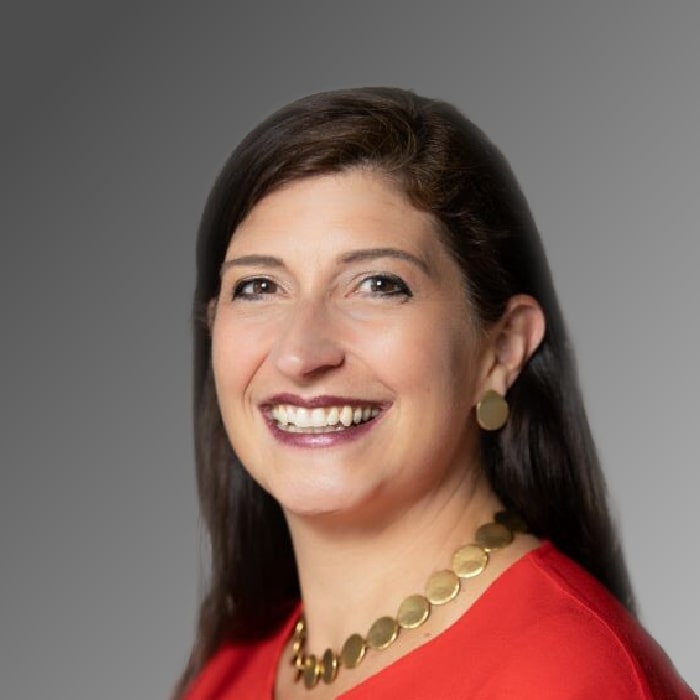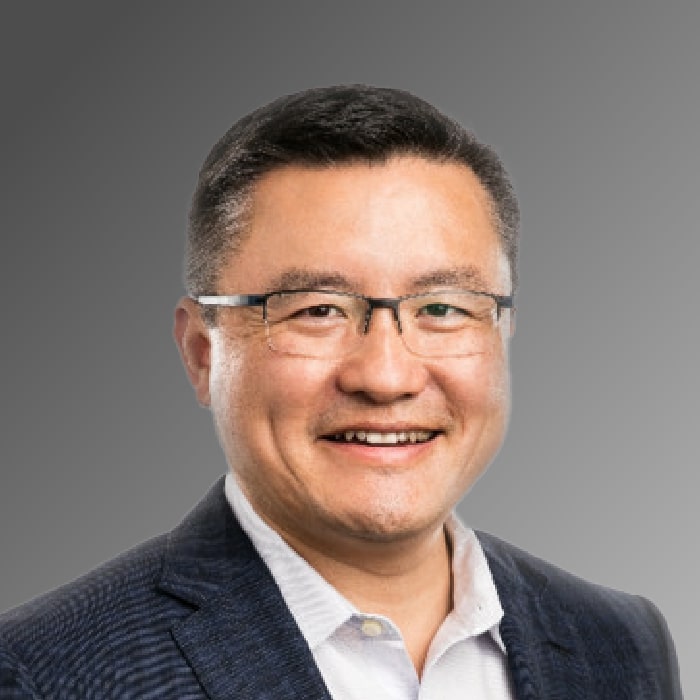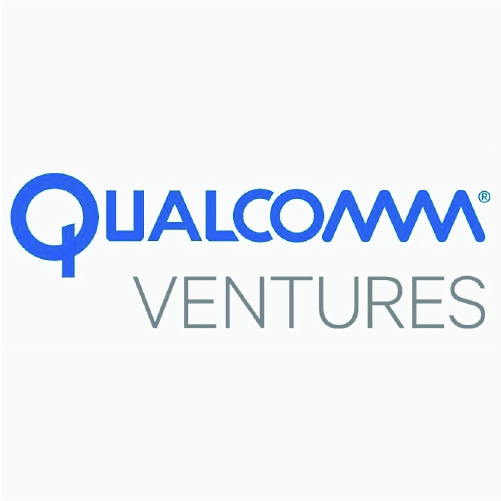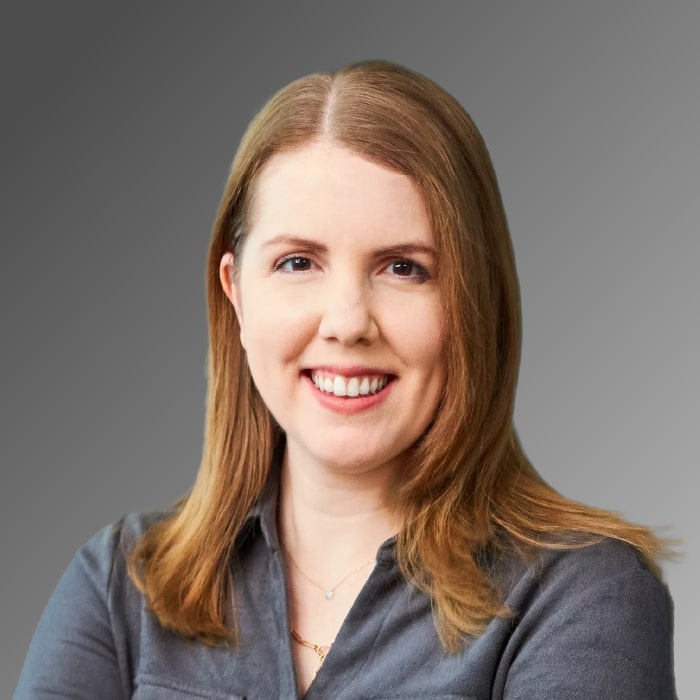Meeting Innovation and Opposition Head-On
May 14, 2024
Interviewed by Nicolas Sauvage on March 3, 2022
Visionary thinkers can bring innovation to any industry, even insurance. Debra Brackeen, chief strategy & innovation officer for CSAA Insurance, learned that lesson at an early age.
Innovation extends to building diversity into investment decisions, she told TDK Ventures President Nicolas Sauvage on Corporate Venturing Insider.
Debra co-wrote the first Apple Diversity Handbook and was part of the team that pitched the Apple board of directors to support domestic partner benefits for same-sex couples well before gay marriage was legalized.
“I’ve just felt strongly about increasing diversity my whole career,” she said. “Part of why I joined CSAA is our commitment to diversity and inclusion. We want people to be able to bring their whole selves to work. I want as much diversity and variety of lived experiences and perspectives in the room when we’re trying to make a decision. I try to make sure that everybody has a chance to speak.
Background and Inspiration
“I never would have admitted it in my younger years, but it goes back to my father,” she. “He was an executive at Martin Marietta, and in a very stodgy old industry, he was very entrepreneurial, working on and leading many programs for Martin that were in the experimental category.”
Her father was involved in testing an early iteration of the space shuttle, even taking his daughter to witness wind tunnel experiments. He was also a part of the team that developed Skylab, an ancestor of the International Space Station.
“He was a very smart guy, but he was always the one with the idea to go after some new market or new business, which was at the time, perceived as somewhere between impossible and completely crazy,” Debra explained. “So, that inspired me, even though I didn’t realize it at the time, to be thinking big, thinking beyond.”
It’s no wonder she has always been drawn to the next new, cool thing. She was able to begin indulging that curiosity professionally even before she graduated from Stanford when she started working for a small, upstart computer company called Apple. She stayed on for 10 years.
David vs. Goliath
“Apple was nowhere near as dominant as they are now,” Debra noted. “They were like the David to IBM’s Goliath. It was very entrepreneurial. I think in the early days you didn’t even have to have an engineering degree to be hired as a programmer there; it was very grassroots. I don’t think it can be overstated how much that has influenced my thinking.”
Of course, Apple adhered to a corporate hierarchy, but cutting her teeth in that culture demonstrated to Debra the value of being amenable to somebody saying, “Shouldn’t we be thinking about X, Y, Z?”
“The typical response was ‘That’s a really good idea; you should go do that,’” she said. “Think about what startup founders are doing. They are challenging incumbents, usually in well-established, much better-capitalized industries. On the surface, that seems crazy. And yet the venture-backed startup ecosystem is fueling the majority of innovation today. When I started, all the big tech companies had advanced-tech labs Apple, Bell, HP, IBM, and there are still labs. But for whatever set of reasons, they’re not churning out the innovation and new businesses at the same pace that the venture ecosystem is.”
Contrarianism and ‘Outsider’ Status
Debra feels that Apple’s support of non-conformist thinking reinforced her upbringing. She cited Ben Horowitz’s assertion that venture capital aims to uncover secrets in the business and technology spheres as another way of endorsing the contrarian perspective.
“That’s why I was hired at CSAA,” she said. “That’s and to the credit of the former CEO who hired me. She and her board had the vision and the wisdom to assess that there was disruption on the horizon for CSAA and to know they needed to innovate and address it. You can’t wait for disruption to arrive before addressing it, because by then you’re already behind the proverbial eight ball. So they created this role and I think had a bias to hire somebody externally, to bring that outside perspective.”
Debra said it was a similar experience when she ran HP’s corporate venture enterprise, a hybrid CVC and new business incubator that engaged with the external startup ecosystem as well as investors. That’s where she developed the mindset that even if she didn’t know the ins and outs of the mothership’s specific business, she could quickly learn how the business model, the value chain, and the cash flow work well enough to assess which initiatives could contribute to the company’s success.
“I’m unfettered with a legacy mindset,” she explained. “I can see all these inefficiencies and friction points that I’m sure are longstanding in the industry that just got accepted because they were too hard to fix and they never got prioritized. Those are great entry points for startup founders.”
Leveraging the Mandate
Pointing out those shortcomings and making it a mission to correct them takes guts, Bracken said. But with buy-in from the C-suite and an understanding from the beginning that this is the intention, it can be quite rewarding for all parties.
Sauvage noted that clarifying intentions during the job interview gave Debra the license to carry through her plans. That instilled the confidence to push back when she met internal resistance to her plans to diversify CSAA into commercial insurance.
“I had the conviction of my perspective that I could ground in some new emerging data and an assessment about where it was heading,” she said. “This role has been my third tour of duty leading innovation and venturing: HP, Citi, and now CSAA. I did have alignment with the CEO that we’re about building an innovative company and culture. That’s important in my case because I lead both strategy and innovation.”
Those two roles can conflict, Debra admitted, but at CSAA, the advantages of having both under her purview far outweigh the negatives. She cited the example of blockchain’s emergence during her tenure at Citi.
“There’s probably no technology that could be more disruptive to banking than crypto and blockchain,” she noted. “We were really early. It was very experimental and we were trying to figure out what we should be focused on. Everybody thought when I was hired at CSAA, what are we going do with blockchain? I didn’t think it was ready for insurance yet, but AI and machine learning is really where we need to be playing.”
Sponsorship and Championship
Debra acknowledges the challenges of investments requiring business unit leaders’ approval, highlighting the potential hindrance to the investment process and venture teams’ autonomy. She said a better method employs a governance structure that allows investment teams to operate within agreed parameters without corporate constantly looking over their shoulder to foster a balance between autonomy and alignment with the mothership. She noted that top investment talent may be hesitant to join a system that limits their autonomy and authority.
“The proposal that I had to pitch to the board to get the first fund approved explained that we cannot depend on BU approval. We consider ourselves strategic investors. We’re trying to produce a financial return. If you invest in a company just because it’s cool and it’s not a good financial (prospect) you’re not going to get any strategic value out of it anyway. A big part of my role is running interference. I’m creating the conduit and protecting our venture arm from too much bureaucracy.”
On the other hand, she works to maintain the support of the parent company by
balancing governance under which her team can operate. The CVC reports to corporate every quarter, giving an update to the F&I committee.
“It’s better if you can get a policy and a governance process that allows the investment team to invest within agreed parameters without BU approval,” she advised. “But you also have to the venture team investing in what are the other things it needs to be doing so that when you take one of your portfolio companies to a business unit, they are ready to open their arms partner with them because that’s why we’re investing — to create commercial value mutually with our portfolio companies for the benefit of our customers.”

 Startups are in the business of challenging deep-pocketed incumbents. That sounds crazy at first glance, but with the help of venture capital, the startup ecosystem is fueling the majority of innovation today.
Startups are in the business of challenging deep-pocketed incumbents. That sounds crazy at first glance, but with the help of venture capital, the startup ecosystem is fueling the majority of innovation today. 